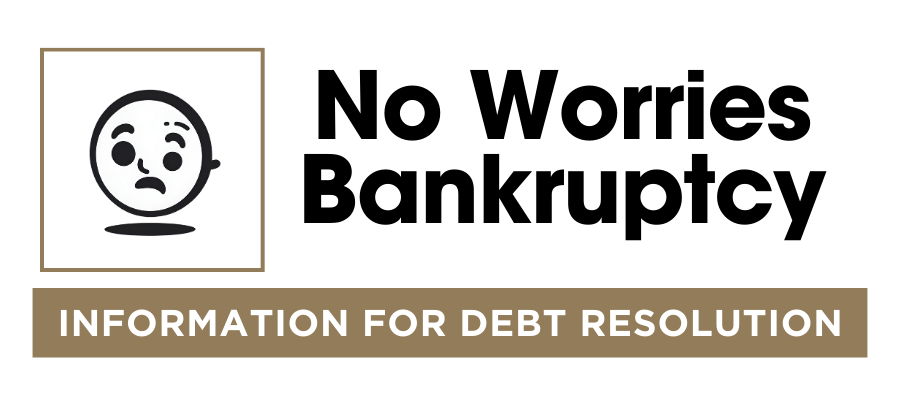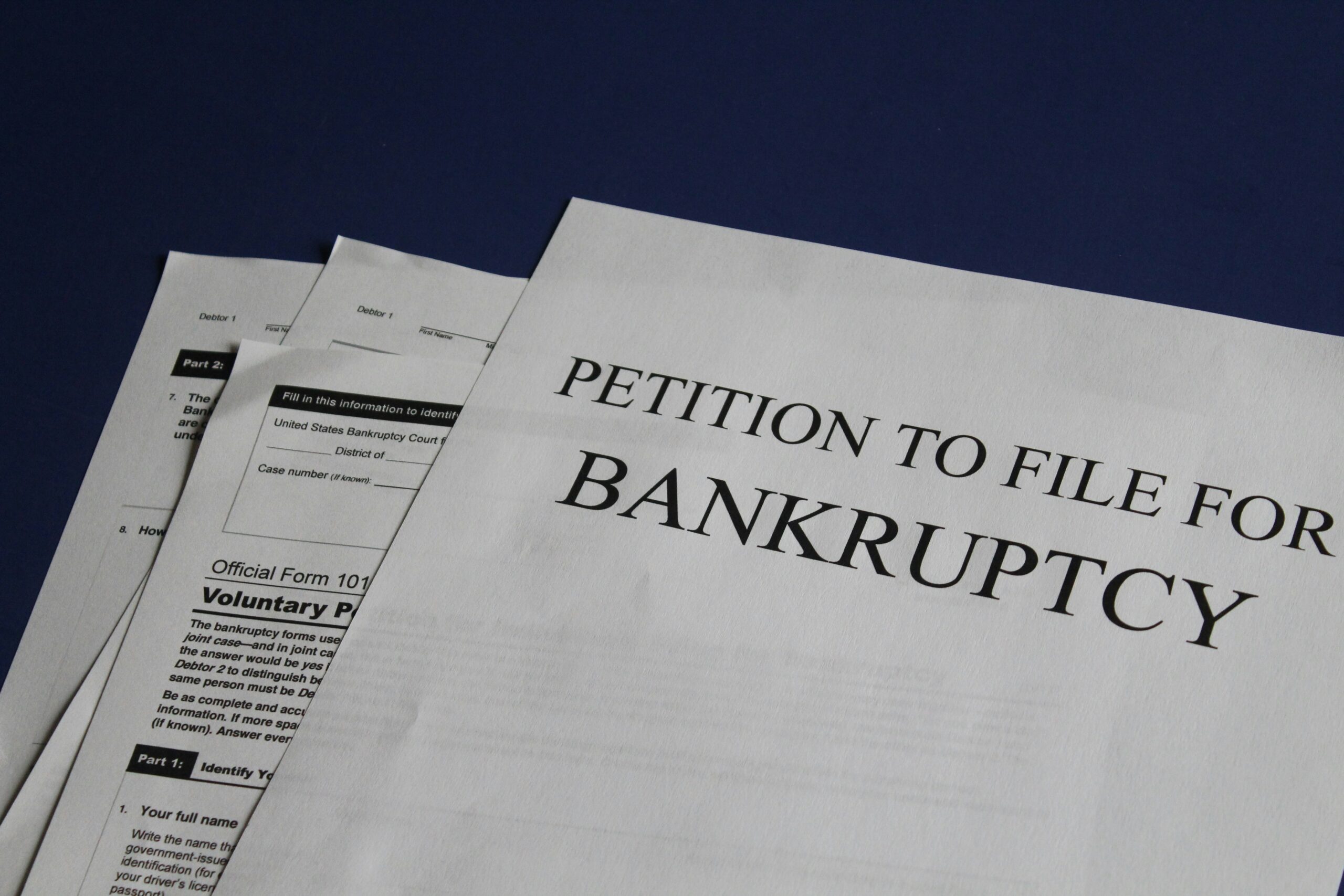Understanding Chapter 13 Bankruptcy
Chapter 13 bankruptcy, often referred to as a “wage earner’s plan,” is a legal mechanism that allows individuals and small businesses with a regular income to reorganize and repay their debts over an extended period, typically three to five years. Unlike Chapter 7 bankruptcy, which involves liquidating assets to pay off creditors, Chapter 13 enables debtors to keep their property while making scheduled payments to creditors based on a court-approved plan.
Eligibility for Chapter 13 bankruptcy is contingent on the debtor’s income and debt levels. Specifically, individuals and small businesses must have a regular income and their unsecured debts must be less than $419,275, while secured debts must be under $1,257,850. These amounts are periodically adjusted to reflect changes in the consumer price index.
The process of filing for Chapter 13 begins with the debtor submitting a petition to the bankruptcy court, along with a detailed plan outlining how they intend to repay their debts. This plan must demonstrate the debtor’s ability to make regular payments from their future income. Once the court approves the plan, the debtor starts making payments to a bankruptcy trustee, who then distributes the funds to creditors as specified in the plan.
One of the key features of Chapter 13 bankruptcy is its ability to handle a variety of debt types. Secured debts, such as mortgages and car loans, can be restructured to allow for more manageable payments. Unsecured debts, including credit card balances and medical bills, can also be repaid over the life of the plan, often at a reduced amount. In some cases, Chapter 13 can even strip off junior liens on properties if the value of the property is less than the amount owed on the senior lien.
By allowing debtors to retain their assets and providing a structured payment plan, Chapter 13 bankruptcy offers a viable solution for small businesses facing overwhelming debt. This approach not only helps maintain business operations but also provides a clear path towards financial stability, enabling debtors to emerge from bankruptcy with a more manageable debt load and the potential for a fresh financial start.
Signs That Chapter 13 Bankruptcy Might Be Necessary for a Small Business
Small businesses often face financial challenges, but certain indicators suggest that Chapter 13 bankruptcy might be a necessary consideration. One significant sign is consistent cash flow problems. When a business struggles to maintain a positive cash flow despite steady revenue, it may signal underlying financial health issues. This could be due to high operational costs, inefficient financial management, or unexpected economic changes. Persistent cash flow problems can lead to an inability to meet debt obligations, another critical indicator.
When a small business finds itself unable to keep up with its debt payments, it creates a cycle of financial distress. Missing loan payments, credit card bills, or other financial commitments can result in increased interest rates, late fees, and a damaged credit score. This further restricts the business’s access to necessary financing, exacerbating the financial strain. In such situations, Chapter 13 bankruptcy can provide a structured repayment plan, allowing the business to reorganize its debts and regain financial stability.
Mounting unpaid bills are another red flag. If a business has a growing pile of unpaid invoices from suppliers, utility providers, or other creditors, it indicates serious liquidity issues. This situation often arises when the business’s expenses consistently exceed its income, leading to a backlog of unpaid obligations. Chapter 13 bankruptcy can help by consolidating these debts into manageable payments, preventing the business from falling deeper into financial trouble.
The threat of asset liquidation is a severe consequence of overwhelming debt. When creditors begin to pursue legal action to seize the business’s assets, it indicates that the financial situation has become critical. Liquidation can disrupt operations, damage the business’s reputation, and even lead to closure. Chapter 13 bankruptcy offers a protective measure, allowing the business to halt asset seizures and develop a feasible repayment plan.
In essence, these financial indicators—consistent cash flow problems, inability to meet debt obligations, mounting unpaid bills, and the threat of asset liquidation—are often symptoms of deeper financial issues. Chapter 13 bankruptcy can provide a structured solution, enabling small businesses to reorganize their finances, protect their assets, and work towards sustainable financial health.
Benefits and Drawbacks of Chapter 13 Bankruptcy for Small Businesses
Chapter 13 bankruptcy can offer a lifeline to small businesses grappling with overwhelming debt. One of the primary benefits of this option is the ability to avoid liquidation. Unlike Chapter 7 bankruptcy, which may necessitate the sale of business assets to satisfy debts, Chapter 13 allows businesses to continue operations while repaying creditors through a structured plan. This can help preserve the business’s core functions and maintain customer relationships, which is crucial for future growth.
Another significant advantage is the opportunity to renegotiate debt terms. Chapter 13 enables small businesses to restructure their obligations, often resulting in more manageable monthly payments. This can alleviate financial strain and provide a clearer path to solvency. Additionally, during the repayment plan, businesses are protected from creditor actions, such as lawsuits or wage garnishments, offering a period of stability to focus on recovery.
However, there are notable drawbacks to Chapter 13 bankruptcy that small business owners must consider. One key disadvantage is the potential long-term impact on credit ratings. Filing for bankruptcy can remain on a business’s credit report for up to ten years, possibly affecting its ability to secure future financing or favorable terms with suppliers. Moreover, the stringent requirements of the repayment plan can be challenging. Businesses must adhere to a court-approved budget, which may limit operational flexibility and necessitate sacrifices in other areas.
Additionally, not all types of debt can be included in a Chapter 13 plan. For example, certain tax obligations and secured debts may have specific conditions or limitations. This can complicate the overall debt restructuring process and leave some financial burdens unaddressed.
In weighing the benefits and drawbacks of Chapter 13 bankruptcy, small business owners should carefully assess their unique circumstances. While it offers a viable path to debt management and business continuity, it also imposes significant obligations and potential long-term consequences. Consulting with a bankruptcy attorney or financial advisor can help in making an informed decision.
Steps to Take Before Filing for Chapter 13 Bankruptcy
Before a small business decides to file for Chapter 13 bankruptcy, thorough preparation is essential to ensure the process runs smoothly and effectively. The first crucial step involves consulting with a bankruptcy attorney. This professional guidance can help a business understand the complexities of bankruptcy law and determine whether Chapter 13 is the most suitable option. An attorney can also provide insights into alternative strategies that might help resolve financial difficulties without resorting to bankruptcy.
Evaluating all possible alternatives to bankruptcy is a critical step. These alternatives might include negotiating with creditors for more manageable payment terms, seeking additional financing, or exploring debt consolidation options. Understanding the full range of options can help a business make an informed decision and possibly avoid the lengthy and often stressful bankruptcy process.
Organizing financial documents is another essential preparatory step. This involves gathering all pertinent financial records, including income statements, balance sheets, tax returns, and bank statements. A comprehensive list of all debts and assets should also be compiled. This documentation will be necessary for the bankruptcy filing and will help provide a clear picture of the business’s financial situation.
Creating a realistic repayment plan is a cornerstone of the Chapter 13 process. This plan should outline how the business intends to repay its debts over the course of three to five years. Projecting future cash flows is vital to ensure the feasibility of the repayment plan. Accurate cash flow projections can help avoid future financial shortfalls and ensure that the business can meet its repayment obligations.
Finally, it is important to understand the long-term commitment and responsibilities involved in Chapter 13 bankruptcy. This type of bankruptcy requires a significant commitment to adhering to the repayment plan and maintaining financial discipline. Business owners should be prepared for the ongoing monitoring and reporting requirements that accompany Chapter 13, as well as the impact it may have on their credit rating and business operations.






